About This Course
Explore the world of IoT with ESP8266, mastering device connectivity and smart applications for a connected future.
This comprehensive course on Internet of Things (IoT) provides a step-by-step guide to understanding and working with IoT components. Starting with an insightful Introduction to IoT, participants delve into Installation procedures for necessary software. The course covers practical aspects, such as Lighting and Blinking an LED, working with Input Buttons, and implementing Debugging techniques using Serial Monitor. Participants learn to use a Button as a Switch, Analog Read with LDR, and explore connectivity by Connecting to the Internet. The Client-Server Model is thoroughly explained, along with programming Web Servers. Interfacing I2C Devices, obtaining Temperature and Humidity data, and interacting with Open Weather Map for real-time weather information are also covered. The course concludes with a practical demonstration of Blynk, an app for control and remote monitoring in IoT applications. By the end of the course, participants gain a comprehensive understanding of IoT concepts and practical implementation, equipping them to embark on IoT projects confidently. we will learn the followings:
Section 1: Introduction
This course kicks off with an engaging Introduction to IoT, laying the foundation for participants to understand the intricacies of Internet of Things technology. The initial lectures provide a comprehensive overview of the components and workings of IoT systems.
Section 2: Installation
Moving on to the practical side, Section 2 focuses on the Installation process. Participants are guided through the installation of essential software required for working with IoT, setting the stage for hands-on application in subsequent sections.
Section 3: Lighting and Blinking an LED
Practicality takes center stage in this section as participants delve into breadboard details and learn how to light up and blink an LED. These fundamental exercises help in building a strong understanding of basic IoT components and their functions.
Section 4: Input Button
Building on the basics, Section 4 introduces digital input from a button. Participants explore the intricacies of working with buttons, gaining insights into handling digital inputs effectively in IoT projects.
Section 5: Debugging using Serial Monitor
Debugging is a crucial skill in IoT development. This section equips participants with the skills to debug their projects effectively using the Serial Monitor, ensuring smooth and error-free execution of their IoT applications.
Section 6: Button as a Switch
Continuing the exploration of practical applications, Section 6 demonstrates how to use a button as a switch. Participants gain hands-on experience in implementing this functionality, a common requirement in many IoT projects.
Section 7: Connecting Internet
Connectivity is a core aspect of IoT, and Section 7 focuses on connecting IoT devices to the internet. Participants learn the intricacies of this process, setting the stage for more advanced IoT applications in later sections.
Section 8: Client-Server Model
Understanding the client-server model is essential for designing scalable and efficient IoT systems. Section 8 provides in-depth insights into this model, laying the groundwork for participants to build more complex IoT applications.
Section 9: Programming Web Server
Practical implementation continues as participants learn to program an IoT device as a web server. This section delves into the intricacies of web server programming, a critical skill for IoT developers.
Section 10: Interfacing I2C Devices
Section 10 introduces participants to the I2C protocol for interfacing with devices. This section provides a detailed exploration of the protocol, preparing participants to connect and communicate with various I2C devices.
Section 11: Getting Temperature and Humidity
Practical application takes center stage as participants learn how to obtain temperature and humidity data in Section 11. This hands-on experience equips participants with the skills to integrate environmental sensing into their IoT projects.
Section 12: Getting Temp, Humidity, and Pressure from Open Weather Map
Section 12 takes participants through the process of obtaining data from Open Weather Map, enriching their IoT projects with real-time weather information. This section provides practical insights into connecting IoT applications to external data sources.
Section 13: Blynk (An app for control and Remote Monitoring)
Bringing a practical and user-friendly element to IoT, Section 13 introduces Blynk—an app for control and remote monitoring. Participants learn how to integrate Blynk into their projects, enhancing the user experience of their IoT applications.
Section 14: Conclusion
The course concludes with a comprehensive summary and conclusion for the IoT module. Participants reflect on the knowledge gained throughout the course, solidifying their understanding of IoT concepts and their practical applications.
Hands-On Learning: One of the highlights of this course is the hands-on approach. You'll engage in practical exercises, such as working with components on a breadboard, connecting buttons, and exploring debugging techniques using Serial Monitor. Through these exercises, you'll gain practical insights into IoT development, preparing you for real-world applications.
Key Sections:
Client-Server Model: Understand the foundation of scalable IoT systems by exploring the client-server model.
Programming Web Server: Learn to program IoT devices as web servers, a crucial skill for IoT developers.
Interfacing I2C Devices: Delve into the I2C protocol, enabling you to connect and communicate with various devices seamlessly.
Blynk Application: Enhance your IoT projects with the Blynk app, offering control and remote monitoring capabilities.
Course Benefits:
Practical Skills: Acquire hands-on experience through various practical exercises and real-world applications.
Comprehensive Knowledge: Gain a deep understanding of IoT components, connectivity, and programming.
User-Friendly Applications: Explore Blynk to create user-friendly interfaces for your IoT projects.
IoT Fundamentals: Gain a solid understanding of IoT concepts and principles.
ESP8266 Programming: Learn to program and work with the ESP8266 microcontroller for IoT applications.
Hardware Integration: Explore hands-on techniques for connecting and integrating various IoT components.


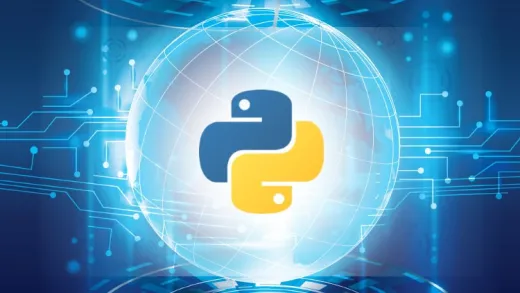

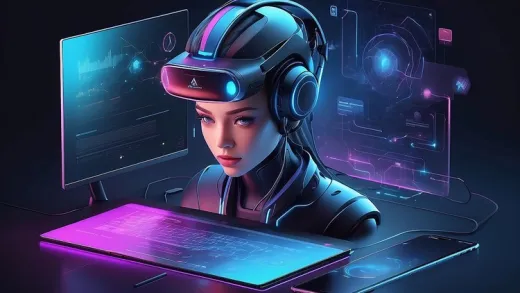
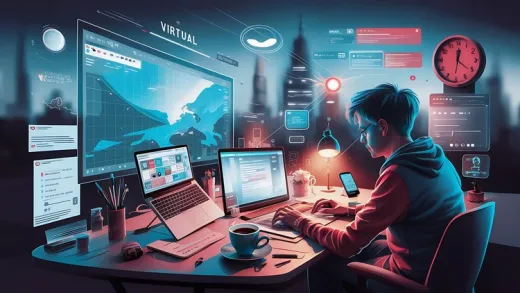
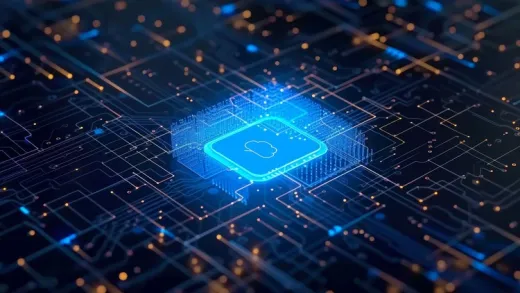
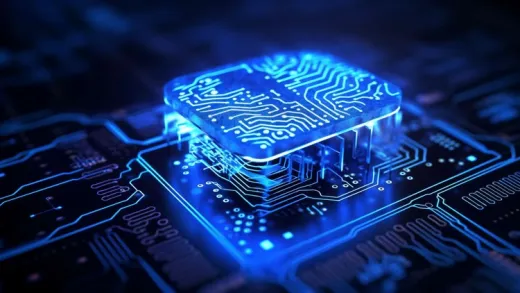

Titus S. N. L.
It definitely worth studying it!